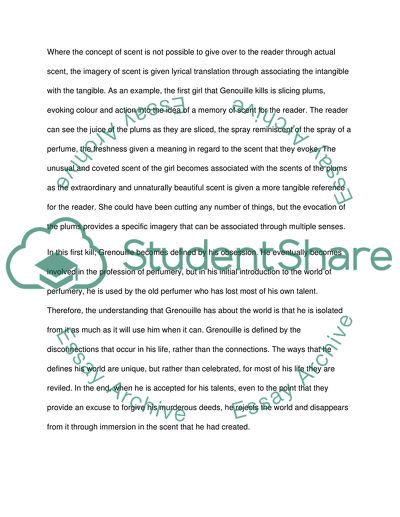Cite this document
(“Fashion Muse - The Story of a Murderer Literature review”, n.d.)
Retrieved from https://studentshare.org/literature/1578687-fashion-muse-the-story-of-a-murderer
Retrieved from https://studentshare.org/literature/1578687-fashion-muse-the-story-of-a-murderer
(Fashion Muse - The Story of a Murderer Literature Review)
https://studentshare.org/literature/1578687-fashion-muse-the-story-of-a-murderer.
https://studentshare.org/literature/1578687-fashion-muse-the-story-of-a-murderer.
“Fashion Muse - The Story of a Murderer Literature Review”, n.d. https://studentshare.org/literature/1578687-fashion-muse-the-story-of-a-murderer.


